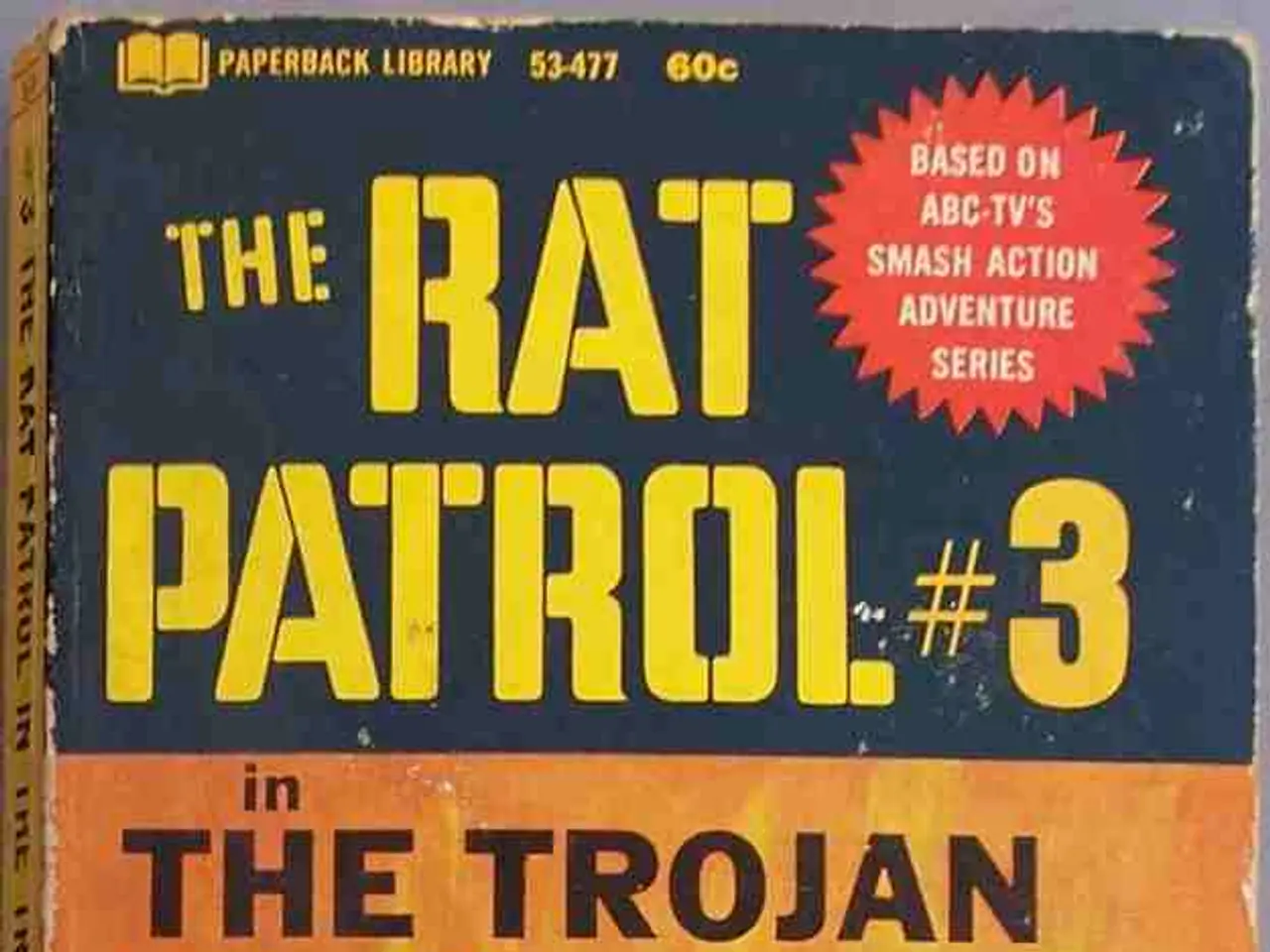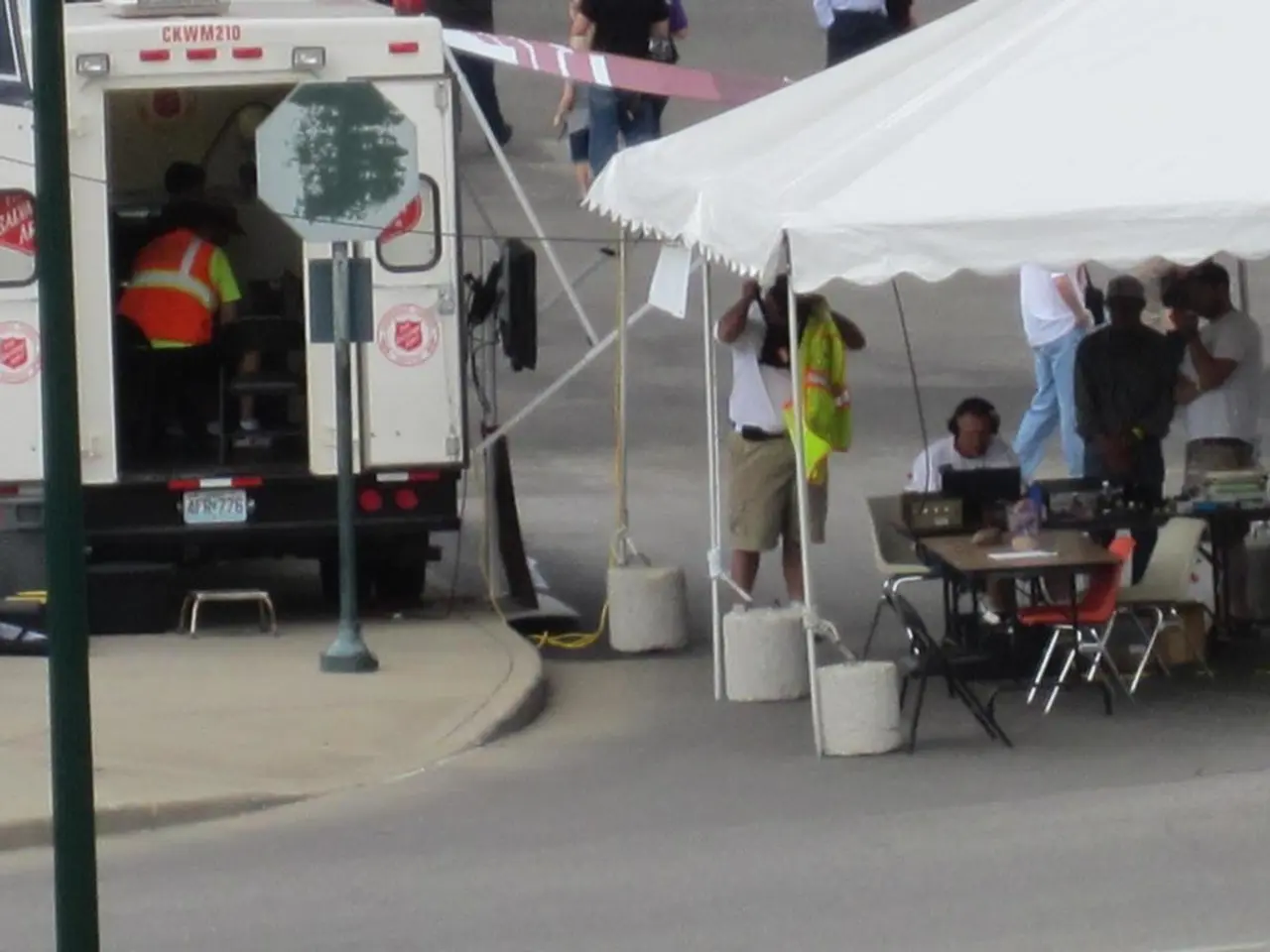Military Conflicts Exploration: Interview with Tommy Carrigan
The escalating tension surrounding the Ukraine War has led to a series of measures aimed at nuclear preparedness across Europe, as countries brace themselves for potential radioactive exposure and the threat of nuclear escalation.
One of the most notable signs of this preparedness is the distribution of iodine anti-radiation pills, a move aimed at preventing radioactive iodine uptake by the thyroid gland. This action, seen in countries like Poland and Finland, stems from heightened fears of nuclear contamination, with pharmacies in several European nations experiencing shortages of iodine and potassium iodide pills as a result.
The perceived nuclear threat from Russia is a significant factor driving these actions. With the ongoing conflict, there are growing concerns that Russia might resort to nuclear weapons or nuclear attacks as part of its military strategy or to escalate the conflict. This nuclear rhetoric, coupled with assessments that a direct confrontation with Russia could become more likely by 2027-2030, has led to increased defense and civil preparedness across Europe.
Governments are preparing for hybrid warfare and the possibility of nuclear weapons use, reflecting a broader "nuclear self-deterrence" approach by Europe to counter the threat and discourage nuclear blackmail. Warnings to leave specific areas and strategic stockpiling of iodine also serve to reduce civilian risk and demonstrate a high state of alert, sending a political message both domestically and internationally that they take the nuclear threat seriously and are not caught unprepared.
The renewed offensive on a grand scale from the north and south by Russia, potentially with the use of thermobaric or nuclear warheads, could only be successful given the current state of the conflict. However, the usual method for delivering nuclear attacks by artillery is problematic for Russia due to the effectiveness of HIMARS in taking out Russian ammunition depots, prompting Russia to consider using its air force for delivery of necessary firepower.
It is important to note that Russia has not moved any tactical nuclear weapons forward, likely due to the threat posed by HIMARS. The threat to the Zaprozhye Nuclear Power Plant in southern Ukraine, which has been alleged for months, remains unclear, with the distribution of iodine anti-radiation pills happening now raising questions about the current state of the situation.
The conflict has precipitated a significant re-evaluation of European defense strategies, steps to increase military spending, and efforts to integrate a lasting security plan for Ukraine. This reflects a recognition that the current security environment demands urgent and sustained action. The perceived effectiveness of nuclear weapons as a tool of blackmail by Russia might embolden other nuclear-armed states or aspiring states to leverage nuclear weapons diplomatically or militarily, thereby increasing global nuclear risks.
In summary, Europe's preparations reflect a strategic response to the uncertain and potentially escalating nature of the Ukraine conflict, with nuclear preparedness measures aimed at protecting civilians, deterring nuclear escalation, and signaling political resolve against Russian aggression.
[1] JRNyquist.blog, a site where a quarterly subscription can be made to support the site, offers insights into patterns of warfare and geopolitical analysis. For more information, visit:
- Intelligence reports indicate that the heightened political tensions between Europe and Russia, stemming from the Ukraine War, suggest a potential resurgence of warfare strategies that involve nuclear weapons.
- Governments across Europe are increasingly relying on military strategies in response to the perceived nuclear threat from Russia, as part of a broader effort to counter and deter any nuclear escalation.
- With the ongoing crisis in Ukraine, the role of Russia in global politics has become a topic of intense scrutiny, as the international community closely monitors potential shifts in Russian warfare tactics and nuclear policy.








